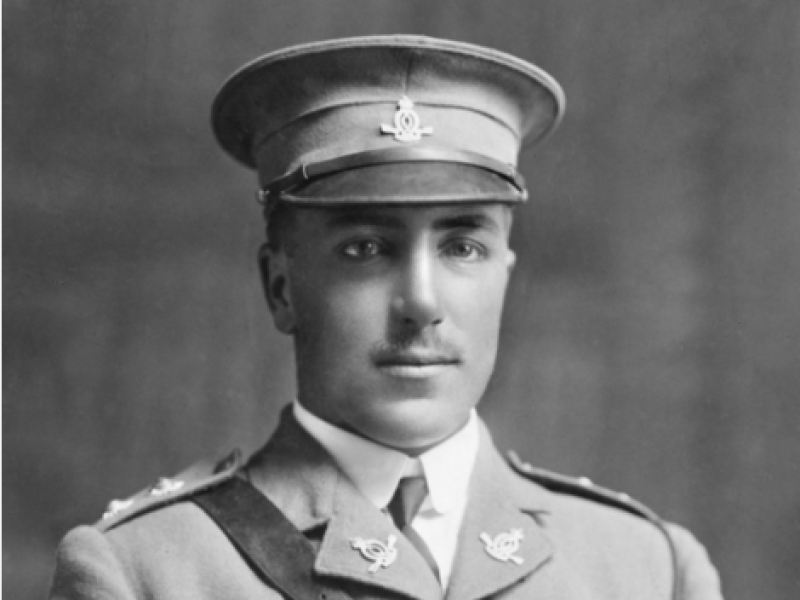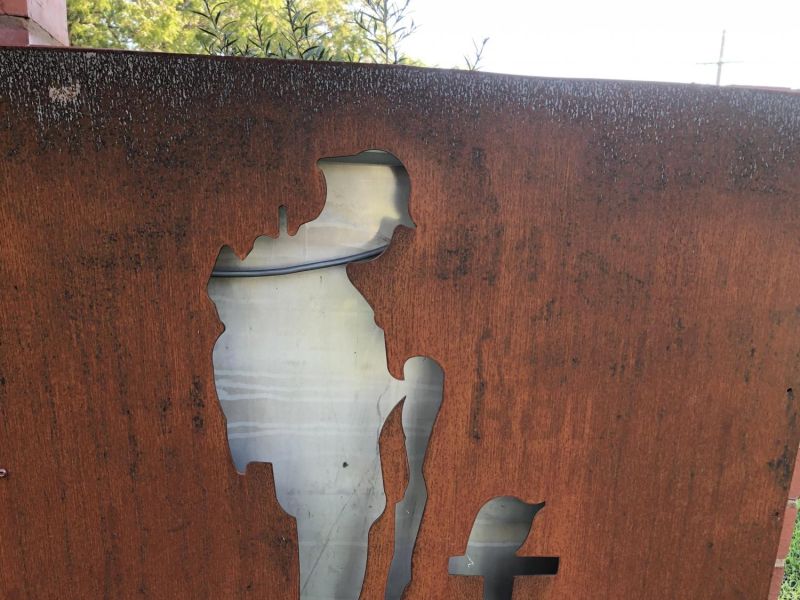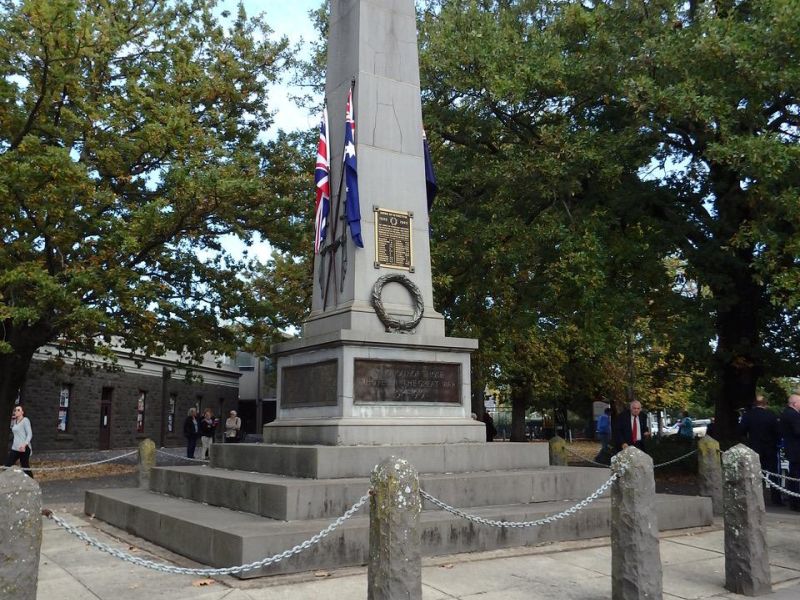Lieutenant William Henry Dawkins, 2nd Field Company, AIF
William Dawkins was born on the 26th of October 1892 in Rochester, Victoria. He was the first of eight children born to Arthur and Eliza Dawkins, six of whom survived infancy. Young William Dawkins attended primary school at Korong Vale near Rochester, before being accepted to Melbourne Continuation School, to train as a schoolteacher.
While there, Dawkins joined the senior cadets; his letters home show that he thoroughly enjoyed the military training and camps. On leaving school, Dawkins took up a post as a trainee teacher in Kyneton.
He then applied for teacher training college at the newly established military college at Duntroon, Canberra. He was elated to be selected, ranking tenth of all the applicants from around Australia. Dawkins was in the first intake of the new college.
He excelled at Royal Military College, Duntroon and graduated third in his class. He showed an interest in engineering and had a clear skill for practical problem solving.
At the outbreak of war, Dawkins and the other First Class cadets had four months remaining of their course but the federal government determined that they proceed to the front with the Australian Imperial Force. Dawkins was duly commissioned as a lieutenant in the 2nd Field Company, Australian Engineers.
Dawkins travelled to Egypt on the troopship Orvieto with the first convoy of troops to leave Australia. Arriving in December 1914, they started training their men at Mena Camp outside Cairo.
In letters home, Dawkins wrote about exploring the city of Cairo and climbing a pyramid. But his letters also showed a desire to stop training and get to the front. The force continued to train until April 1915, when it embarked for Turkey.
Dawkins landed on Gallipoli on the 25th of April 1915. He was in charge of the engineers responsible for securing a water supply for the division. His section began sinking wells, and his commanding officer later noted that he had done the job so well that there was an abundant water supply for the men and animals by the next day. Dawkins led his men by example, at times working under heavy fire.
On the morning of the 12th of May 1915, Dawkins and his section were laying water pipes when the first shell of the day exploded in front of them. Dawkins was killed outright by the shrapnel.
The men of his section buried him at sunset that evening. He was 22 years old.
Major-General Bridges, the overall commander of the AIF, had known Dawkins at Duntroon and attended the funeral.
Today, Dawkins’ remains lie buried at Beach Cemetery at Anzac Cove, one of nearly 400 Commonwealth soldiers buried there.
Two of Dawkins’ younger brothers also served in the AIF. Sapper Allan Stanley Dawkins and Corporal Arthur Lewis Dawkins; they both returned to Australia.
Thomas Rogers, Historian, Military History Section
Image: Studio portrait of Lieutenant (Lt) William Henry Dawkins, 2nd Field Company Engineers, of Ferntree Gully, Vic, 1914

 Australian War Memorial
Australian War Memorial
